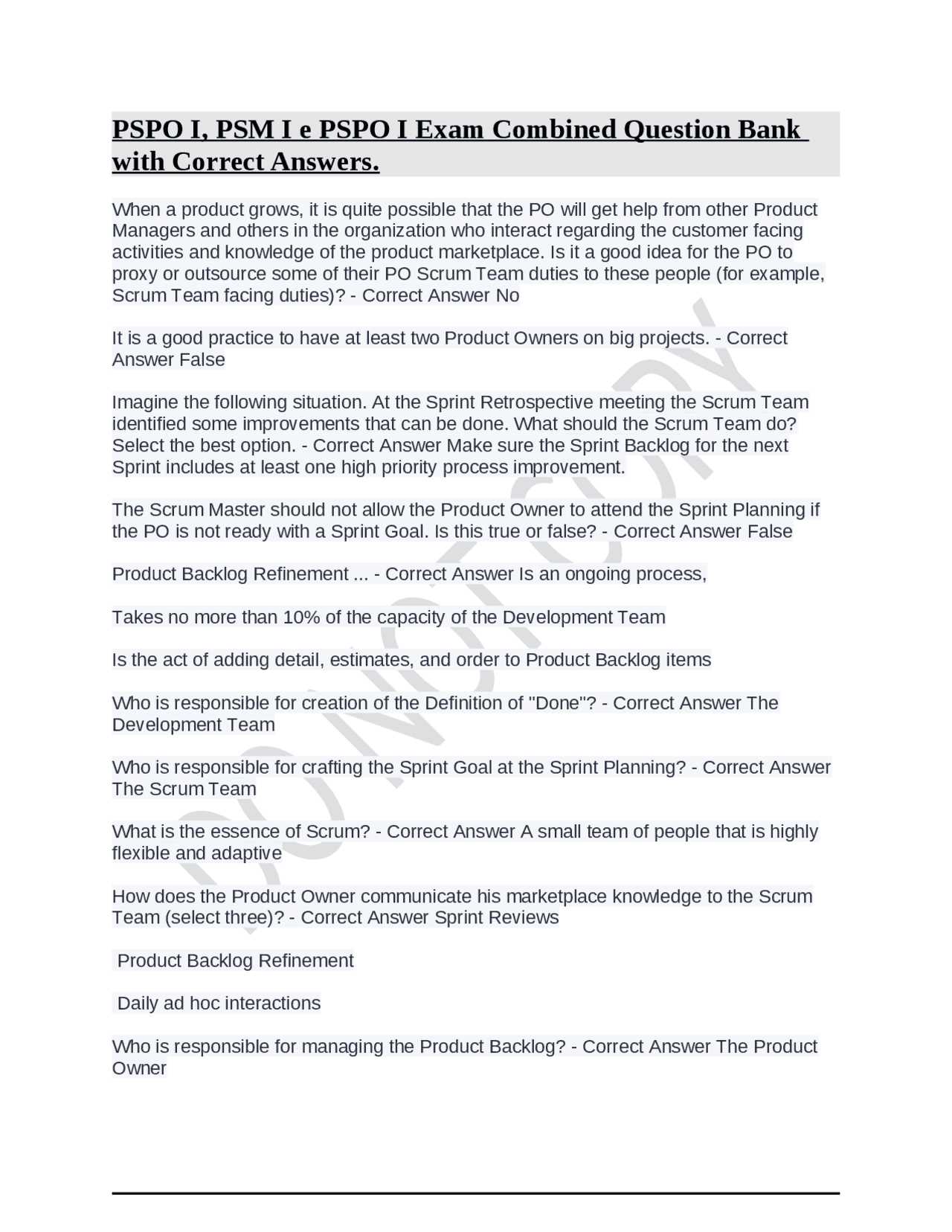
Achieving a certification in product ownership is a valuable step toward advancing your career in Agile project management. This qualification tests your understanding of essential concepts, best practices, and the principles of effective product ownership in a Scrum environment. With the right approach, you can prepare yourself to confidently navigate through the assessment process.
Whether you’re new to Scrum or looking to formalize your knowledge, preparation is key. The process involves familiarizing yourself with core frameworks, understanding the responsibilities of a product owner, and applying these concepts in various scenarios. Success in this certification is not just about memorizing facts but also about mastering the ability to think critically about how to apply Scrum in real-world situations.
Preparation strategies will vary depending on your experience level. However, one thing remains constant: a deep understanding of Scrum values and principles is crucial. Engaging with practice materials, taking mock assessments, and reviewing key principles will help you gain the confidence to approach the real test.
PSPO 1 Exam Overview
The certification for product owners is designed to assess your knowledge and understanding of Scrum principles and their application in a real-world environment. This process tests not only theoretical knowledge but also practical decision-making skills. The assessment challenges candidates to demonstrate their ability to manage products, prioritize tasks, and collaborate effectively within an Agile framework.
Structure and Format
The assessment consists of multiple-choice questions, each designed to test your comprehension of key concepts. These questions will cover a wide range of topics related to the roles, responsibilities, and methodologies used by Scrum product owners. It is essential to understand the nuances of Scrum ceremonies, backlogs, and stakeholder interactions to perform well.
What to Expect
On the day of the certification process, you will be presented with a set of questions that evaluate your ability to apply Scrum concepts. The test is typically online, offering flexibility in when and where you take it. However, preparation is key–be ready to engage with scenarios that require a solid understanding of Agile practices, rather than just theoretical knowledge.
Key Topics Covered in PSPO 1 Exam
The certification process for product ownership focuses on a broad range of critical areas within the Scrum framework. Candidates are expected to demonstrate a solid understanding of the roles and responsibilities that come with managing a product, from conceptualization to delivery. These topics provide a foundation for anyone looking to excel in the field of Agile product management.
Among the key areas covered are the fundamental principles of Agile, the responsibilities of a product owner, and how to collaborate with stakeholders to maximize value. A deep understanding of backlogs, prioritization techniques, and how to make data-driven decisions is essential. Additionally, the importance of continuous improvement and adapting to feedback will be explored in various scenarios.
Familiarity with Scrum events such as sprint planning, daily stand-ups, and reviews is crucial. Understanding how these events contribute to successful product delivery and team collaboration is fundamental to passing the assessment. Lastly, candidates will be tested on how they manage risks and address obstacles within an Agile environment, ensuring that they can navigate real-world challenges effectively.
How to Prepare for PSPO 1 Exam
Preparing for a product ownership certification requires a structured approach and a clear understanding of the key concepts. It is important to not only study theoretical material but also to practice applying these principles in real-world situations. Successful preparation will combine various study methods and resources, helping you build both knowledge and confidence.
- Understand Scrum Framework – Ensure you have a solid grasp of the Scrum methodology, including its roles, events, and artifacts. Understanding how these components work together is fundamental to passing the assessment.
- Study the Product Owner Role – Focus on the specific responsibilities of a product owner, such as managing backlogs, prioritizing features, and working closely with stakeholders to maximize value.
- Use Practice Tests – Taking practice tests is one of the most effective ways to gauge your readiness. These tests help you familiarize yourself with the format and types of questions you will encounter.
Additionally, it is essential to:
- Review key materials like Scrum guides and official documentation.
- Join study groups or online communities to discuss concepts and share insights.
- Engage in practical exercises, such as simulating sprint planning and backlog refinement sessions.
By combining these strategies, you can develop a well-rounded understanding of product ownership and ensure you’re prepared for the assessment process.
Common Mistakes to Avoid in PSPO 1
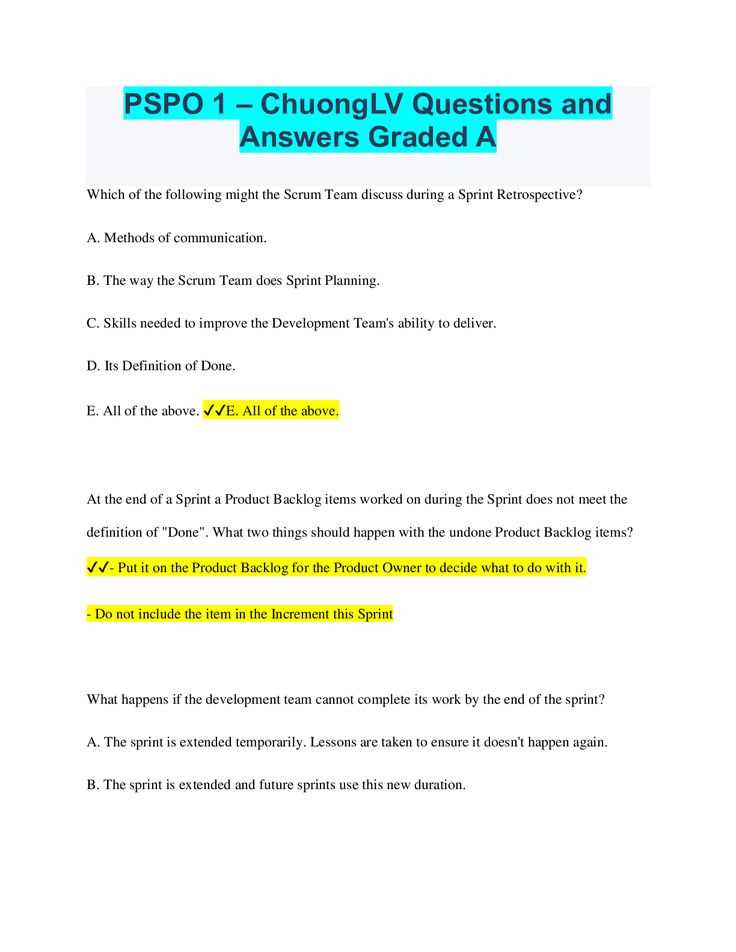
While preparing for a product ownership certification, it’s easy to fall into certain traps that can hinder your success. Understanding the most common mistakes can help you focus on the right areas and avoid unnecessary setbacks. These errors often stem from misinterpreting key concepts or failing to apply them effectively in real-world situations.
Overlooking Scrum Principles
One of the most significant mistakes is not fully grasping the core principles of Scrum. The methodology is built on values like collaboration, flexibility, and continuous improvement, and ignoring these can lead to misunderstandings. It’s crucial to focus on how these principles guide product ownership and decision-making within an Agile framework. Do not simply memorize terms; instead, understand their application in different scenarios.
Misunderstanding the Product Owner Role
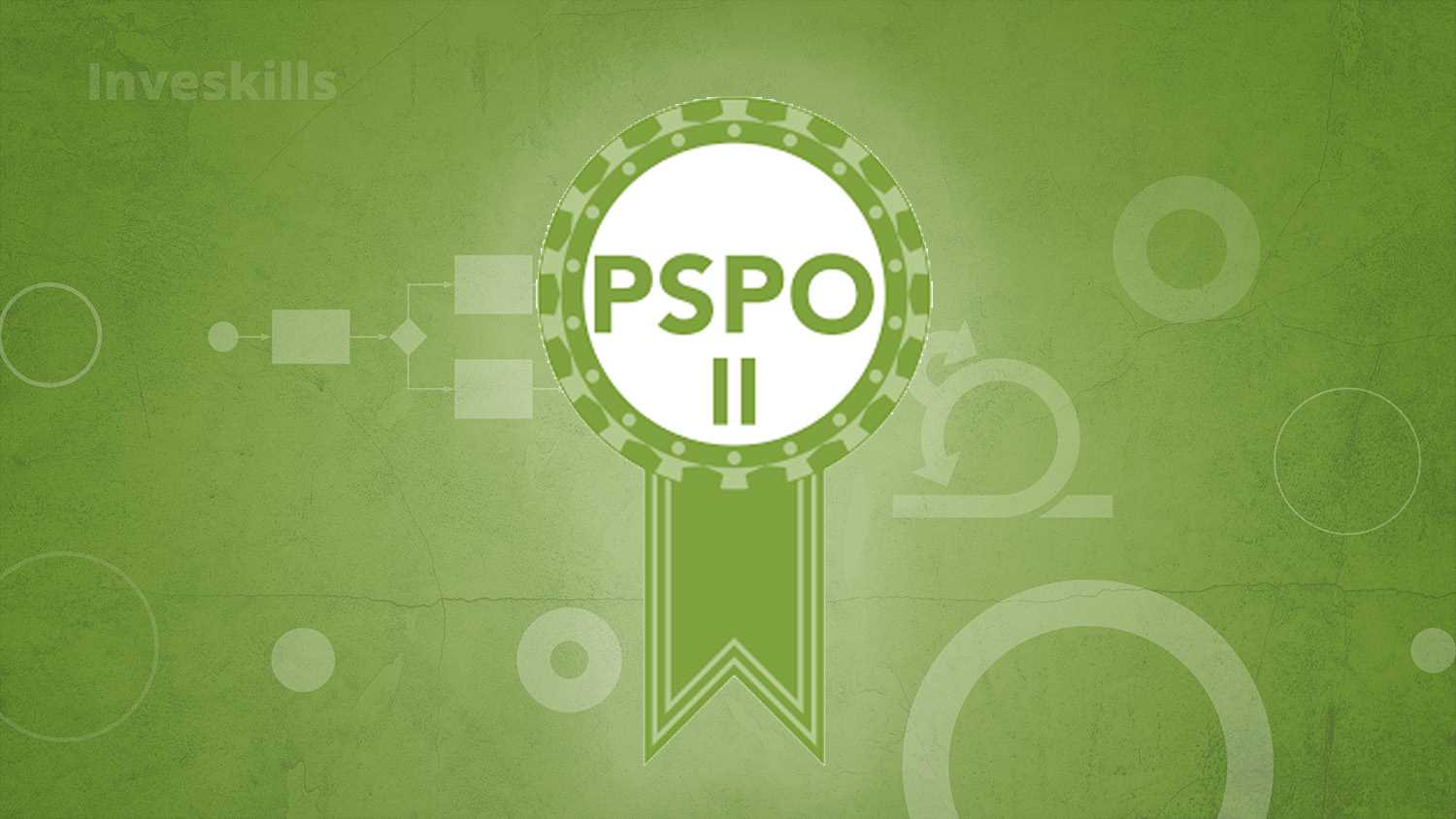
Another common mistake is failing to properly differentiate the responsibilities of the product owner from those of other roles within Scrum, such as the Scrum Master or development team. The product owner is responsible for the product vision, prioritization of the backlog, and maximizing value–not managing the team or implementing the solutions directly. Be sure to clarify these distinctions and stay focused on the product ownership aspect during your preparation.
Top Resources for PSPO 1 Study

To effectively prepare for the certification in product ownership, having access to high-quality study materials is essential. These resources will guide you through the key concepts, provide practice opportunities, and help you deepen your understanding of Agile and Scrum practices. Choosing the right study tools will ensure that you approach the process with confidence and clarity.
Official Scrum Guides and Documents
- Scrum Guide – The official Scrum Guide is the most important document to study. It outlines the Scrum framework, roles, and responsibilities in detail. Make sure to read it thoroughly and understand its application in real-world scenarios.
- Product Owner Role Overview – Focus on the specific duties and responsibilities of a product owner as defined by the Scrum framework. This will help you better understand how to manage product backlogs, prioritize tasks, and interact with stakeholders.
Practice Tests and Mock Assessments
- Online Practice Tests – Many websites offer free and paid mock tests that simulate the real certification process. These tests will familiarize you with the format of questions and allow you to assess your readiness.
- Study Groups and Forums – Joining online communities or discussion groups can be a great way to exchange knowledge and experiences with other aspiring product owners. Participating in these forums helps reinforce your learning and exposes you to a variety of perspectives.
By using these resources, you’ll be well-equipped to approach the certification process with a deeper understanding of the role and responsibilities of a product owner, as well as the core principles of Scrum.
PSPO 1 Exam Format Explained
Understanding the structure of the certification assessment is key to performing well. The format is designed to test your knowledge of Scrum practices, your ability to apply them in various scenarios, and your understanding of the responsibilities of a product owner. Familiarizing yourself with the layout and timing of the test will help you manage your time and approach each question effectively.
Structure and Question Types
The assessment consists of multiple-choice questions that are meant to evaluate your comprehension of Scrum principles and your ability to apply them in practical situations. Each question typically presents a scenario or a problem related to product ownership, with several possible answers. You must select the most appropriate response based on your understanding of the Scrum framework.
Time Limit and Scoring
The test is time-limited, so managing your time effectively is essential. Typically, candidates have a set period to complete the entire test, which includes answering all the questions. Scoring is based on the number of correct answers, with a passing threshold that you must meet or exceed to receive the certification. It’s important to pace yourself and avoid spending too much time on any one question to ensure you complete the test within the time limit.
Time Management Tips for PSPO 1
Efficient time management is crucial when preparing for a product ownership certification. With a time-limited assessment, it’s essential to approach your study sessions and the test itself with a clear strategy. Organizing your time effectively will allow you to cover all topics thoroughly while avoiding the stress of running out of time during the actual assessment.
Effective Study Planning
Start by creating a detailed study schedule that breaks down the material into manageable sections. Focus on the areas that are most relevant to the certification, but make sure to allocate time for review and practice. By dividing your preparation into specific time blocks, you ensure that each topic receives sufficient attention without feeling rushed.
During the Test
When taking the assessment, it’s important to manage your time carefully. Start by quickly reviewing all the questions, so you know what to expect. Allocate a fixed amount of time to each question and move on if you’re unsure of the answer. Don’t get stuck on difficult questions; instead, mark them for review and come back if you have time left at the end.
Understanding Scrum Framework for PSPO 1
The Scrum framework is the backbone of Agile practices, providing a structured yet flexible approach to product development. It focuses on iterative progress, continuous improvement, and delivering value to stakeholders. To succeed in the certification process, it is crucial to understand the key components of Scrum, including roles, ceremonies, and artifacts, as they form the foundation for effective product ownership.
Scrum is built around three primary roles: the product owner, the Scrum master, and the development team. Each of these roles plays a unique part in ensuring the success of the Scrum process. As a product owner, your responsibilities include defining the product vision, managing the backlog, and ensuring the team works on the highest-priority tasks to maximize value.
In addition to roles, Scrum includes several key events, such as sprint planning, daily standups, sprint reviews, and retrospectives. These ceremonies facilitate communication, ensure alignment, and allow for continuous feedback and adjustment. Understanding how these events contribute to the overall success of a project is essential for anyone in a product owner role.
Best Practices for Answering PSPO 1 Questions
Successfully navigating a product ownership assessment requires more than just understanding the material; it also involves mastering how to approach and respond to the questions effectively. By following best practices, you can ensure that your answers are both accurate and well-organized, increasing your chances of success. Here are key strategies to keep in mind when answering questions in the assessment.
Strategic Approach to Each Question
- Read the Question Carefully – Before jumping to an answer, take a moment to read the question thoroughly. Pay close attention to keywords that highlight the core issue, such as “best,” “most effective,” or “primary.” This will guide you to the correct response.
- Identify the Key Concept – Focus on the central concept being tested. Whether it’s about managing backlogs, facilitating Scrum ceremonies, or maximizing value, understanding the underlying idea will help you choose the most relevant answer.
- Eliminate Clearly Wrong Answers – Often, there will be one or two options that are obviously incorrect. Cross these out first, narrowing down your choices and making the decision process easier.
Time Management and Pacing
- Allocate Time for Each Question – Make sure you allocate a reasonable amount of time for each question. If a question is particularly tricky, don’t spend too much time on it. Move on and return later if needed.
- Trust Your First Instinct – While it’s important to think through your answers, sometimes your first instinct is the best choice. Second-guessing yourself can lead to confusion and wasted time.
By following these practices, you can approach each question methodically and efficiently, ensuring you have enough time to address every topic with confidence.
PSPO 1 Practice Tests and Quizzes
Practicing with mock tests and quizzes is one of the most effective ways to prepare for a product ownership certification. These resources allow you to familiarize yourself with the question format, assess your knowledge, and identify areas that need improvement. By regularly taking practice tests, you can build confidence and refine your understanding of the key concepts.
Mock tests typically consist of multiple-choice questions designed to replicate the type of content you will encounter during the assessment. They cover various aspects of the Scrum framework, including the responsibilities of the product owner, Scrum events, and best practices for agile development. Using these tests strategically can enhance your preparedness and help you gauge your progress.
| Practice Resource | Description | Benefits |
|---|---|---|
| Official Mock Tests | These tests are provided by official Scrum certification bodies, offering authentic practice questions directly related to the certification. | High reliability and accurate reflection of the actual test format. |
| Online Quiz Platforms | Various online platforms offer quizzes with a wide range of questions on Scrum topics. These can be taken multiple times. | Convenient, flexible, and often come with explanations for each answer. |
| Study Group Quizzes | Participating in study groups with other candidates and taking group quizzes can be helpful for collaborative learning. | Opportunity to discuss concepts with peers and learn different perspectives. |
Incorporating practice tests and quizzes into your study routine is essential for ensuring a well-rounded preparation. Use them to track your performance, improve weak areas, and ensure you’re ready for the certification process.
How to Handle Difficult PSPO 1 Questions
Encountering challenging questions during a product ownership assessment is a common experience. However, how you approach these difficult questions can make all the difference. With the right strategies, you can increase your chances of selecting the correct answer and managing your time effectively, even when faced with uncertainty.
When faced with a tricky question, it’s important to stay calm and follow a structured approach. Start by breaking down the question to ensure you understand exactly what is being asked. Often, difficult questions are designed to test your ability to apply knowledge in a specific context, so it’s crucial to focus on the key concepts and principles related to the topic.
If you’re unsure about a particular question, consider the following techniques:
- Eliminate obviously incorrect options – Often, there are one or two answers that are clearly not correct. By eliminating them, you improve your chances of selecting the right answer from the remaining options.
- Identify key phrases and terms – Pay attention to any keywords in the question that might give you a clue, such as “most effective,” “primary,” or “best practice.” These terms often indicate the correct choice.
- Take an educated guess – If after reviewing the question you are still unsure, use your knowledge of the Scrum framework to make an educated guess. Trust your instincts and move on if needed.
By applying these methods, you can manage difficult questions with confidence, ensuring that you don’t waste time and maintain a steady pace throughout the assessment.
What to Expect on PSPO 1 Exam Day
The day of your product ownership certification is the culmination of all your hard work and preparation. Understanding what to expect on the day of the assessment can help you feel more confident and ready to perform at your best. From the moment you log in or arrive at the test center, knowing the process and timeline can help reduce stress and ensure a smooth experience.
Here’s what you can expect when it’s time for your assessment:
- Test Format Overview – The test is typically conducted online, and you’ll have a set amount of time to complete it. Expect a series of multiple-choice questions covering various aspects of product ownership, Scrum principles, and best practices.
- Technical Setup – If you’re taking the test online, make sure to test your internet connection and device ahead of time. Ensure you have a quiet, distraction-free environment, and familiarize yourself with the platform where the test will be taken.
- Time Management – The time allocated to the test is typically sufficient for all questions, but it’s important to pace yourself. Keep an eye on the clock and avoid spending too much time on any one question. If you’re unsure, it’s better to move on and come back to it later.
During the assessment, try to stay calm and focused. Here are a few additional things to keep in mind:
- Read Each Question Carefully – Pay close attention to the wording of each question to ensure you fully understand what is being asked. The test may include scenarios that require you to apply knowledge, so take your time to assess the details.
- Manage Your Stress – It’s natural to feel some level of pressure, but staying calm will help you think clearly. Deep breaths and a positive mindset can go a long way in helping you perform your best.
- Post-Test Procedure – Once you complete the test, you’ll typically receive your results either immediately or after a short waiting period. If you pass, you’ll receive a certificate confirming your successful completion. If you don’t pass, most platforms will allow you to retake the test after a certain period.
Knowing what to expect on assessment day can help you feel prepared and confident as you move through the process. Trust your preparation and approach the test with a calm, focused mindset for the best possible outcome.
PSPO 1 Exam Scoring and Results
Understanding how your performance is evaluated and what to expect after completing the assessment is essential to managing your expectations. The scoring process is designed to ensure that only those who demonstrate a solid grasp of the product ownership framework and related concepts successfully achieve certification. This section will explain the scoring method and what happens after you finish the test.
The test typically consists of multiple-choice questions, each designed to assess your knowledge and application of key principles. The correct answers will be assigned points, and your final score is calculated based on the total number of correct responses. The passing score is generally set to ensure that you have a comprehensive understanding of the material.
Here’s how the scoring process works:
| Score Range | Outcome |
|---|---|
| 85% and above | Pass with certification |
| Below 85% | Fail, retake option available |
Once you submit your test, you’ll either receive your results immediately or after a brief processing period. If you achieve a passing score, you’ll be awarded a certificate, which validates your expertise in product ownership principles. If you don’t pass, don’t be discouraged–many platforms allow you to retake the test after a waiting period, giving you a chance to further solidify your knowledge and try again.
Understanding this process can help you feel more confident and prepared for the test, knowing what to expect when it comes time to check your results.
PSPO 1 Exam Registration Process
Registering for a certification assessment requires careful attention to details, ensuring a smooth and stress-free experience. The registration process is designed to be straightforward but requires you to follow specific steps to ensure that everything is in order before your assessment day. This section will walk you through the key stages involved in signing up for the assessment.
Step 1: Choose Your Certification Path
The first step in the registration process is deciding which certification option best fits your goals. Many certification platforms offer various formats or schedules, so it’s essential to select the one that suits your availability and preferred method of testing, whether online or in-person. Ensure you review the prerequisites and other specific requirements before making your choice.
Step 2: Complete the Registration Form
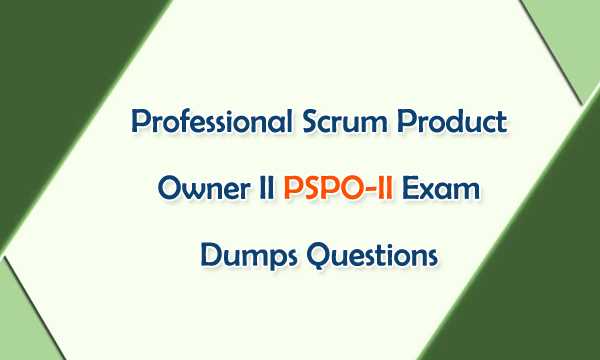
Once you’ve selected the desired certification, you need to fill out an online registration form. This form will ask for basic information such as your name, contact details, and any relevant credentials or experience. You may also be asked to provide proof of prior training or knowledge in the field, depending on the certification body’s requirements. After completing the form, you’ll be directed to the payment section.
Registration typically involves a fee, which covers the cost of the assessment and any related resources. Once you’ve paid the fee, you will receive a confirmation email with further details about the next steps, including your testing date, location (if applicable), and any materials you may need to bring on the day of the assessment.
By following these steps and making sure that all details are accurate, you can successfully complete the registration process and prepare yourself for the assessment ahead.
Study Strategies for Busy Professionals
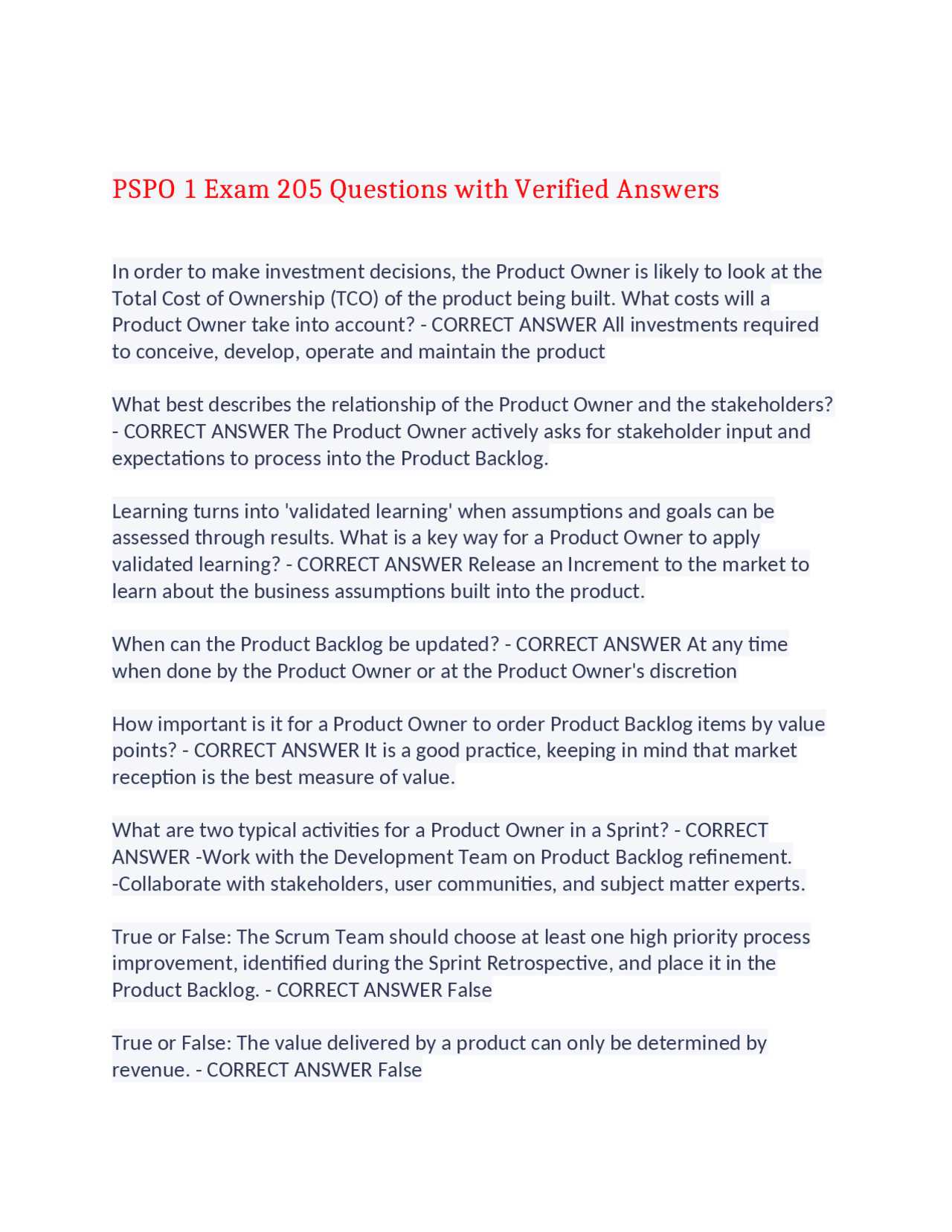
For professionals balancing a demanding career with the goal of further education or certification, effective study strategies are key. Time constraints often mean that traditional study methods may not be viable, so it’s crucial to adopt approaches that maximize learning while fitting into a busy schedule. The following tips and techniques are designed to help individuals prepare for certification assessments without compromising their work or personal life.
1. Prioritize Study Time
One of the most important strategies is to carve out dedicated study time in your schedule. Even if your days are packed, finding consistent time slots, even if brief, can make a huge difference. Here’s how you can effectively manage your study sessions:
| Time Block | Recommended Activity |
|---|---|
| 30 minutes in the morning | Review key concepts or flashcards |
| During lunch breaks | Listen to relevant podcasts or audiobooks |
| 30 minutes in the evening | Take practice quizzes or solve case studies |
By structuring your study into smaller, focused intervals, you can make steady progress without feeling overwhelmed.
2. Use Mobile Study Tools
Take advantage of modern mobile applications designed to make studying on-the-go easier. Many platforms offer mobile apps that allow you to access study materials, take quizzes, or watch brief instructional videos. This flexibility allows professionals to continue learning during commute times or other idle periods throughout the day.
Additionally, there are apps that help organize your study plan, remind you of upcoming deadlines, and track your progress over time. This ensures that you stay on track and don’t miss important topics or deadlines.
3. Focus on Active Learning Techniques

Active learning methods, such as summarizing key points in your own words or teaching others, can significantly improve retention and understanding. These methods engage your brain in a more meaningful way than passive reading or watching videos alone. Techniques like self-testing, group discussions, or using mnemonic devices can be particularly effective for busy professionals who need to retain information quickly and efficiently.
By combining these study strategies, professionals can balance their workload and study commitments, improving both productivity and preparation for certification assessments.
PSPO 1 Exam Tips for Success
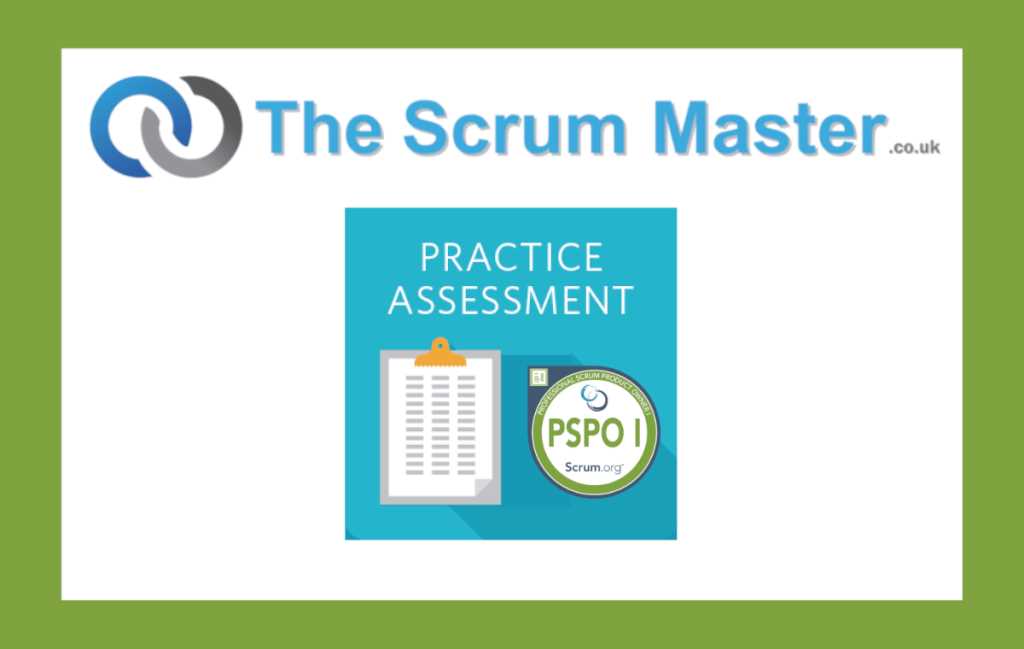
Success in any certification process requires more than just memorizing information. It involves understanding key concepts, managing time efficiently, and practicing strategies that lead to optimal performance. Below are several tips that will help you navigate the preparation process effectively, boost your confidence, and increase your chances of success on the assessment day.
1. Understand the Core Principles
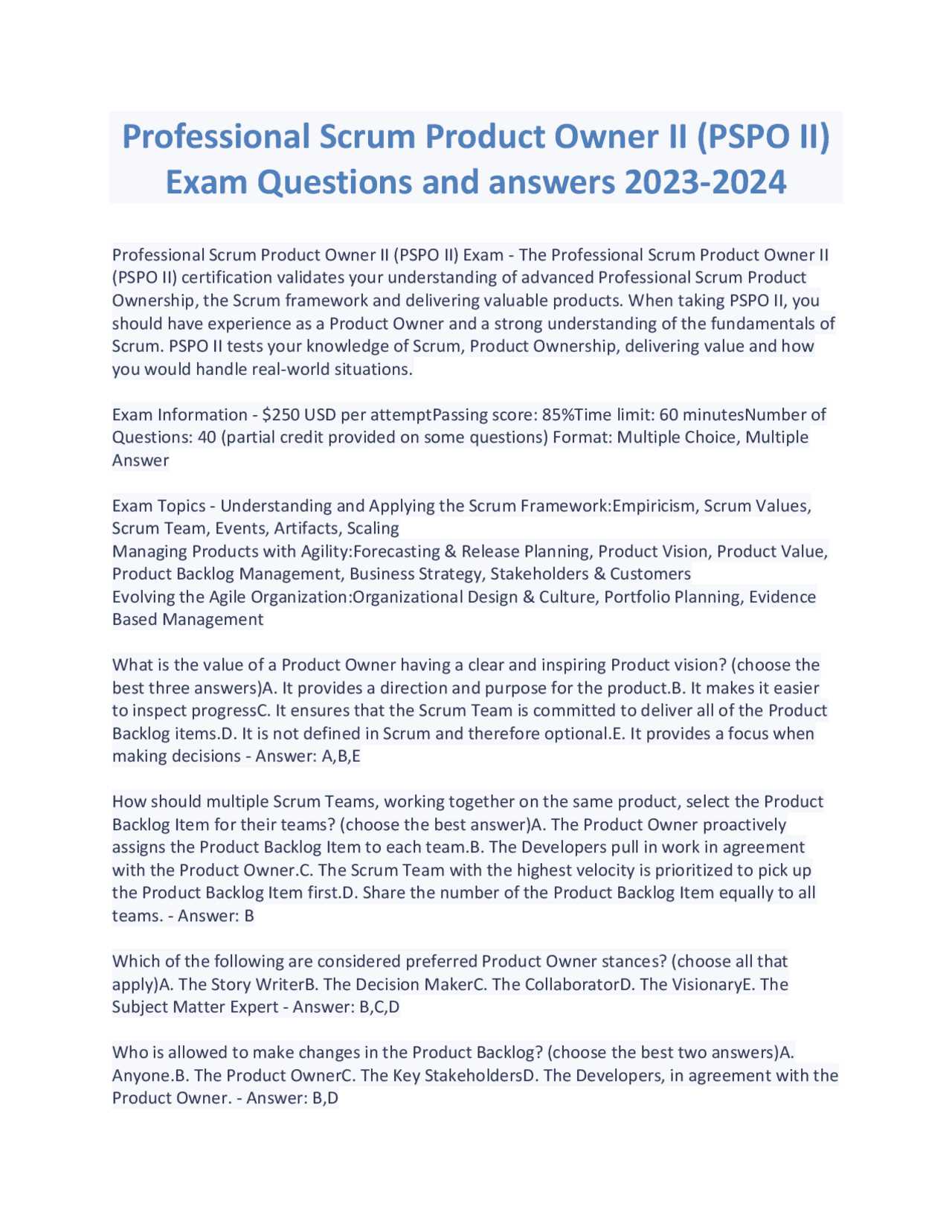
Before diving into practice questions and mock exams, it’s essential to have a solid understanding of the core concepts that underpin the subject matter. This includes knowing the foundational principles, methodologies, and frameworks involved. Focus on mastering these key elements, as they are the basis for most of the questions you will encounter.
Take time to review the primary guidelines and practices, ensuring you fully comprehend how they apply in various scenarios. This deep understanding will not only help you answer questions more accurately but also give you confidence during the assessment.
2. Practice Time Management
Effective time management during your study sessions and the actual assessment is critical. Allocate specific time slots to different topics and stick to them. This will ensure that you cover all the necessary content without feeling rushed.
On the day of the assessment, divide your available time wisely among the sections. Prioritize the questions you find easier first, then allocate time for the more challenging ones. This way, you ensure that you answer as many questions as possible, improving your chances of a favorable outcome.
3. Take Practice Tests
Mock tests and practice questions are invaluable tools for gauging your level of preparation. They help you familiarize yourself with the question format, test your understanding of key concepts, and identify areas where you may need to improve. Be sure to simulate actual testing conditions by timing yourself and practicing under pressure.
After completing practice tests, review your results carefully. Understand why you missed certain questions and focus on improving those areas. By consistently taking practice tests, you can refine your skills and reduce the likelihood of errors during the real assessment.
Post-Exam: What Happens Next?
After completing your assessment, the journey doesn’t end right away. There are several important steps that follow the test, from receiving your results to understanding the next steps you should take. Knowing what to expect can help you manage any post-assessment anxiety and prepare for the future, whether you passed or need to retake the test.
Receiving Your Results
Once you have submitted your assessment, the first thing you will typically do is wait for your results. Depending on the certification process, you may receive your results immediately or within a few days. It’s important to stay patient during this time and trust that the evaluation process is thorough. Many certification bodies send results through email or via a secure portal for you to view and download.
Next Steps After the Assessment
Once your results are available, here are the next steps you should consider:
- Review Your Performance: Take the time to review your performance, especially if you did not pass. Look for patterns in the areas where you struggled, and consider additional training or study resources to strengthen those topics.
- Certification Confirmation: If you passed, you will receive official confirmation of your certification status. You can use this certification to enhance your professional credentials and seek new opportunities in your field.
- Consider Retaking the Test: If you didn’t pass, don’t be discouraged. Many certification bodies offer retake options after a waiting period. Use the feedback provided to guide your next steps and improve in areas where you need more practice.
Remember, the post-assessment phase is a crucial part of the learning process. Whether you pass or need another attempt, each experience contributes to your growth and expertise in the field.
Maintaining Certification After Passing
Achieving a certification is a significant milestone in your career, but the process doesn’t end once you’ve received your certification. To maintain its validity and ensure you stay up-to-date with the latest industry practices, you must follow certain steps. Continuous learning and professional development are key components to keeping your certification current and relevant.
Continuous Education and Development
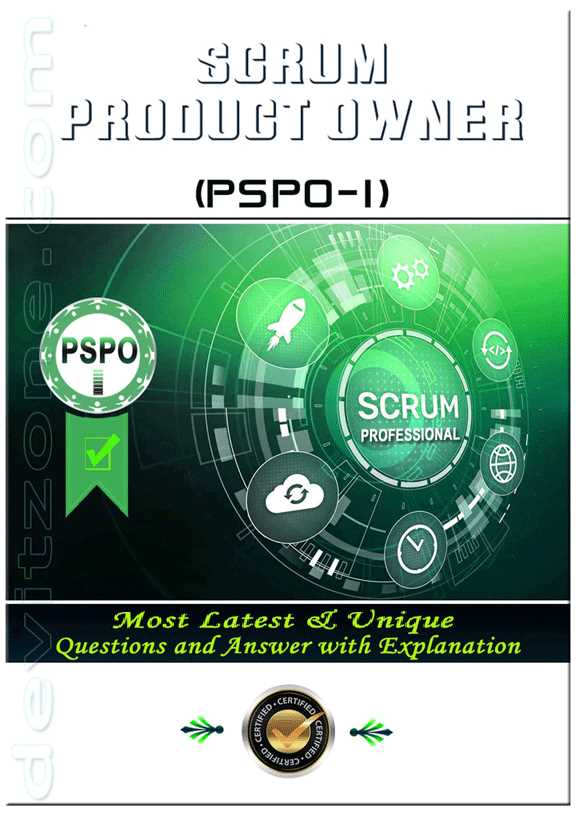
After receiving your certification, staying informed about new trends and methodologies is essential. Here are some ways to continue your professional growth:
- Attend Workshops and Webinars: Participating in industry events helps keep you updated on the latest developments. Many organizations offer specialized training that may count toward maintaining your credentials.
- Enroll in Advanced Courses: Taking advanced courses related to your field can further refine your knowledge and skills, ensuring you stay competitive in your profession.
- Join Professional Communities: Networking with peers and experts in your field can provide valuable insights and help you stay on top of emerging trends.
Renewal and Retake Options
Some certifications require periodic renewal or continuing education to maintain your credentials. While the specific requirements vary, here are some general guidelines:
- Track Continuing Education: Keep track of the courses, workshops, and other educational activities you complete. Many organizations require proof of this for renewal.
- Submit Renewal Application: Some certifications require an application process for renewal, including submitting documentation of continued education.
- Stay Engaged: Engage in the community and apply the knowledge gained in real-world scenarios to stay sharp in your role.
By remaining committed to your personal and professional development, you ensure that your certification remains a powerful asset throughout your career.